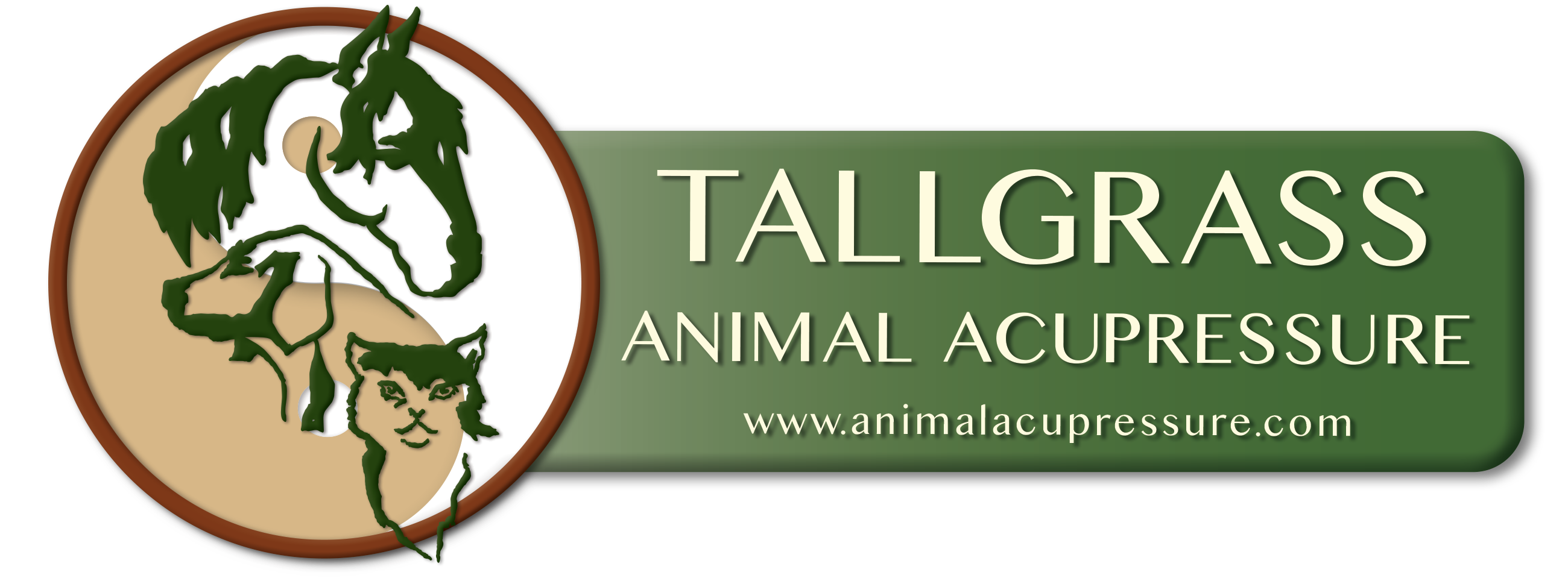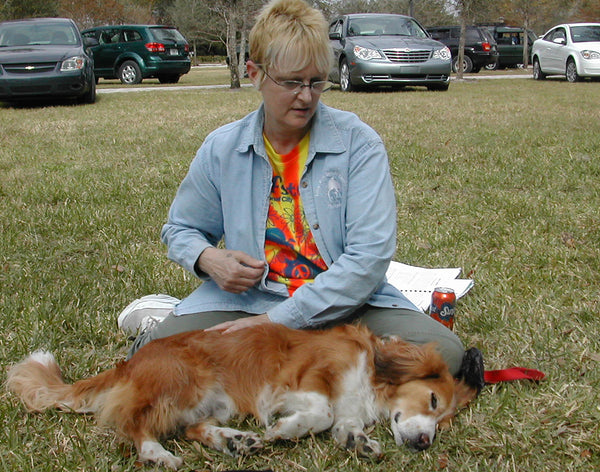In Traditional Chinese Medicine (TCM), all things are interrelated. Yin and Yang cannot exist without the other; Chi and Blood are both necessary for any animal to survive; and every organ system needs all the other organ systems in order for the body to be healthy and vital. Often clients don’t see the interrelationships and instead recognize symptoms as distinct and isolated. So it was with Fiona.
A 5-year-old Cavalier King Charles Spaniel, Fiona aspirated resulting in pneumonia that lasted months. After several rounds of antibiotics, Fiona was finally feeling a bit better, but her guardian was still concerned Fiona’s pneumonia wasn’t completely gone. Though her veterinarian assured her that Fiona’s lungs were clear, Fiona’s lack of energy, occasional cough, swollen limbs, and weak bark worried her guardian.
Initial conversations with new clients often focus on a specific issue in isolation. In this instance, Fiona’s guardian believed her symptoms pointed to problems with her lungs. Fiona’s condition though, was more complex than just weak and damaged lungs. After a thorough assessment it was clear there was a revolving imbalance of Fiona’s Lung and Spleen Chi with each influencing the other.
The interrelationship between the Spleen and the Lung organ system is important to an animal’s well-being. The Spleen extracts Food chi and sends it up to the Lungs where it combines to form Zong Chi (Gathering Chi). The function of Zong Chi is to nourish the Heart and Lungs and is the basis for the involuntary functions of heartbeat and respiration. Zong Chi also assists the Lungs in controlling Chi and respiration and the Heart’s function of governing the blood.
The Spleen relies on the descending function of the Lungs to assist in the transformation and transportation of food and body fluids to the four limbs. If Spleen chi is weak, Lung Chi is affected and consequently, if Lung chi is weak, the descending function is impaired and the Spleen cannot transform and transport the nutrients. The result is an animal who is short of breath, weak, tired, and who retains fluids. In a word: Fiona.
Due to the chronic nature of Fiona’s condition (it had gone on for more than a year), the session principle for Fiona was to not address the Lungs separate from the Spleen, but to tonify both to stop the cyclical pattern of dysfunction. She received acupressure treatments 1-2 times per week for five weeks using a combination of 4-6 of the following acupoints during each session.
To Tonify Lung Chi:
- Lu 7
- Lu 9
- CV 6
- Bl 13
- St 36
To Tonify Spleen Chi:
- Bl 20
- Bl 21
- Sp 6
- CV 12
- St 36
After four sessions, Fiona's swelling in her limbs was dramatically reduced, and her breath was less labored. After five weeks, Fiona was back to walking her normal routine of two-3 mile walks a day, playing with her showing signs of improvement. She had increased energy, the Pals at doggie daycare two days a week, and eating every meal without any gastrointestinal upsets.
Now Fiona receives maintenance acupressure sessions once every four weeks. While the human clients often see the symptoms in isolation, it’s important to remember that in TCM everything is connected. Understanding those interrelationships helps guide the practitioner to choose the most effective points for each session and in turn, helps the animal regain and maintain health and balance.

